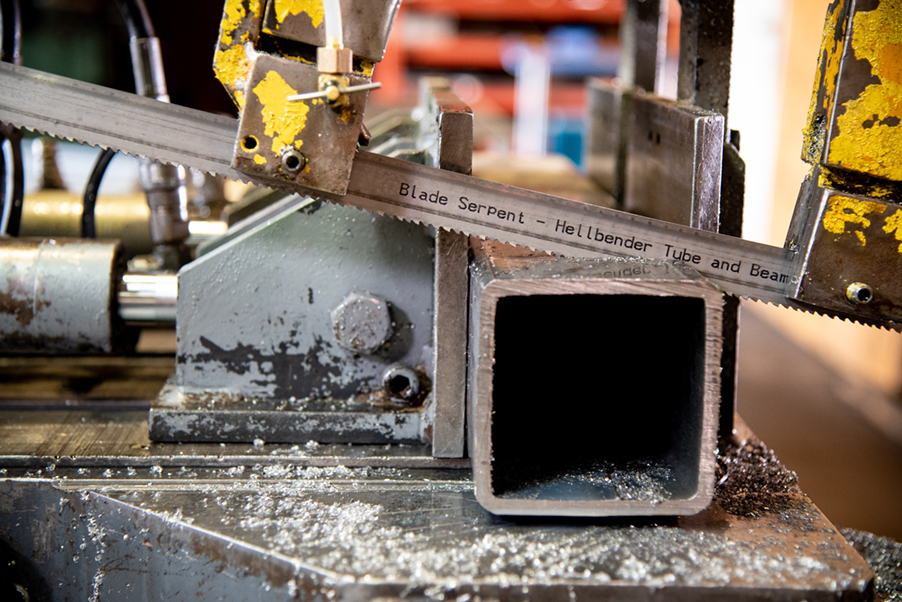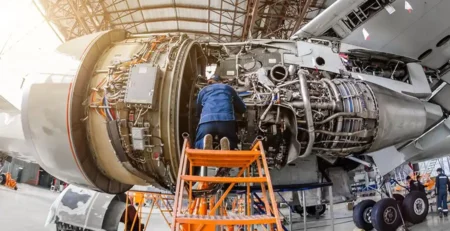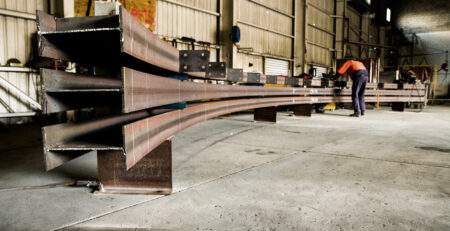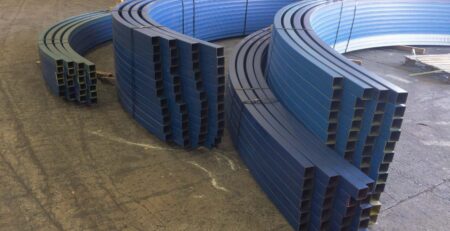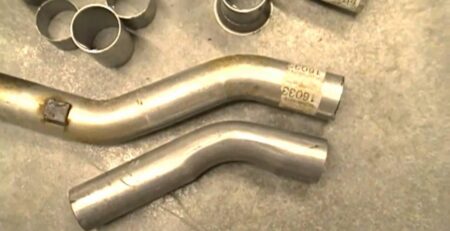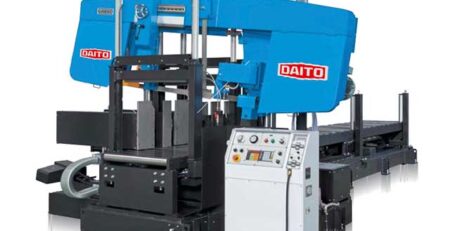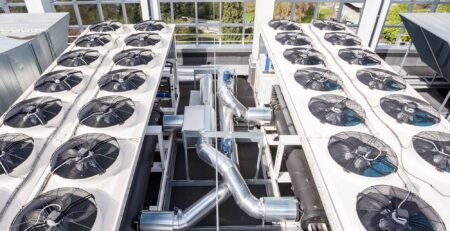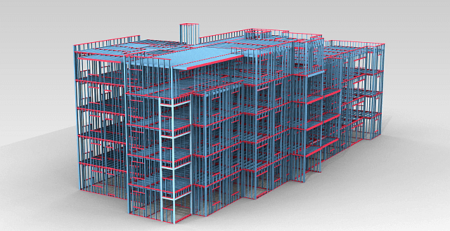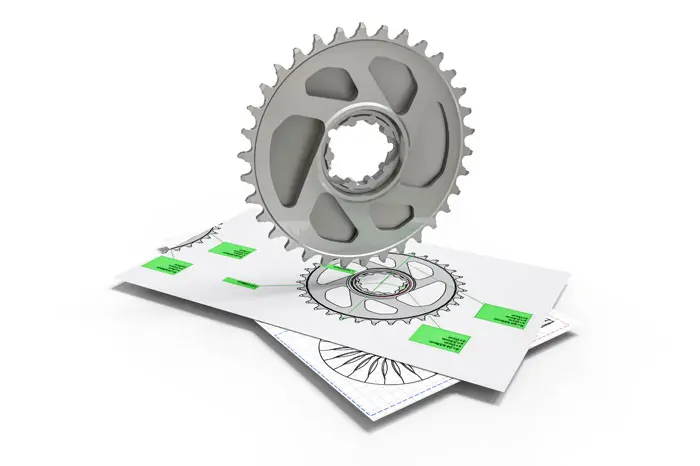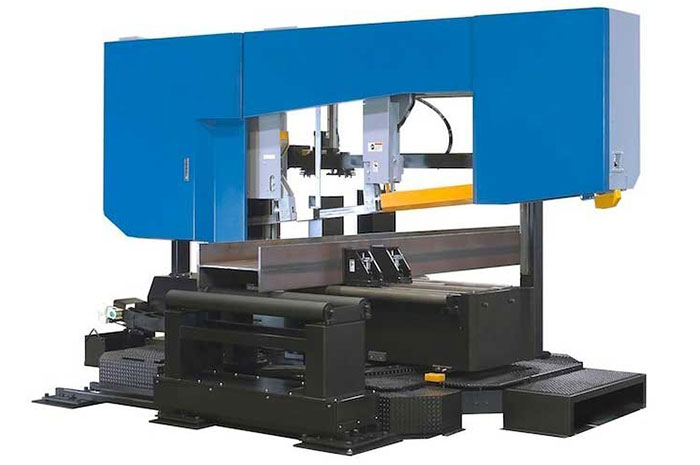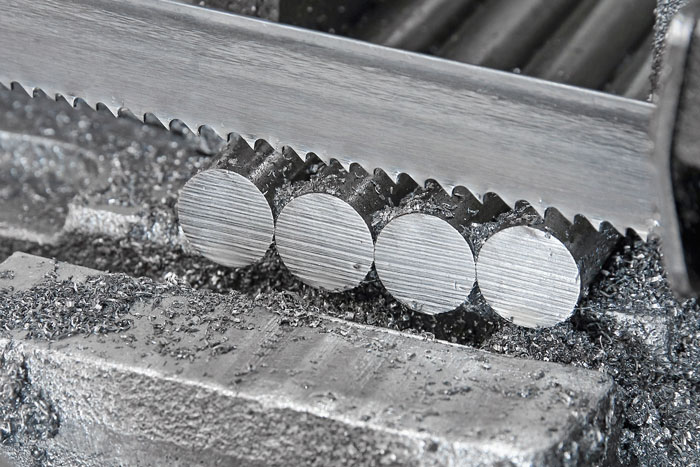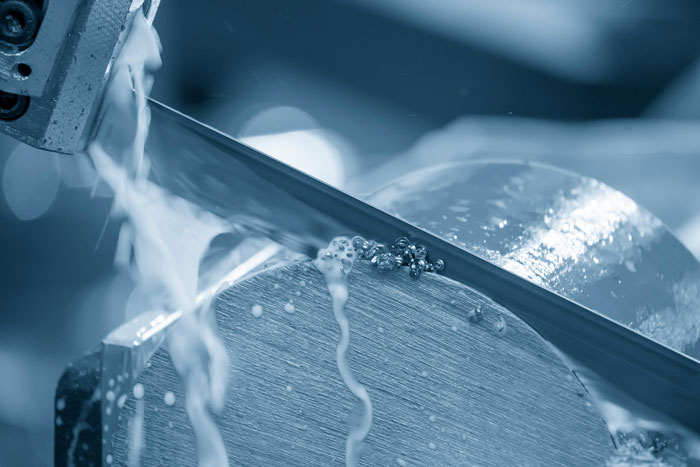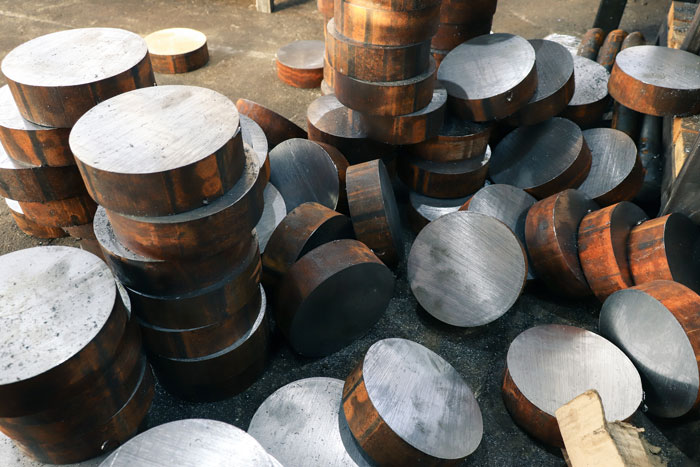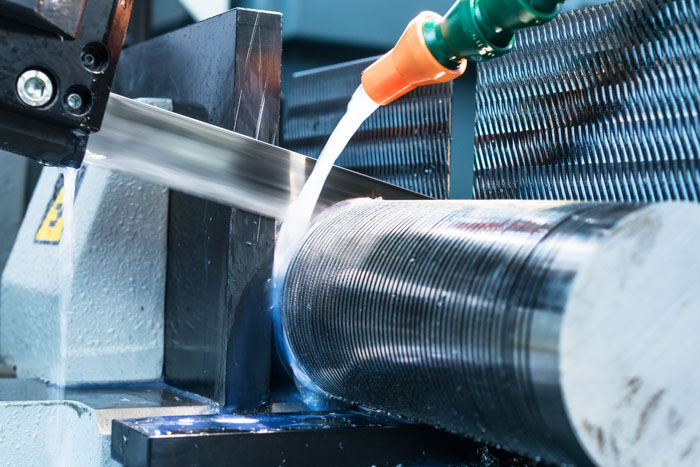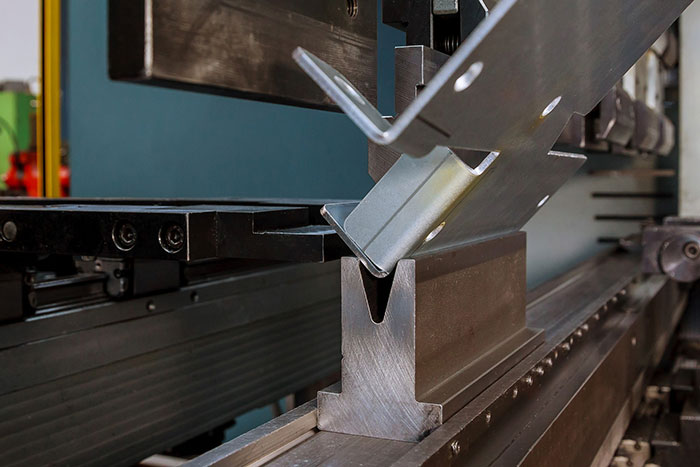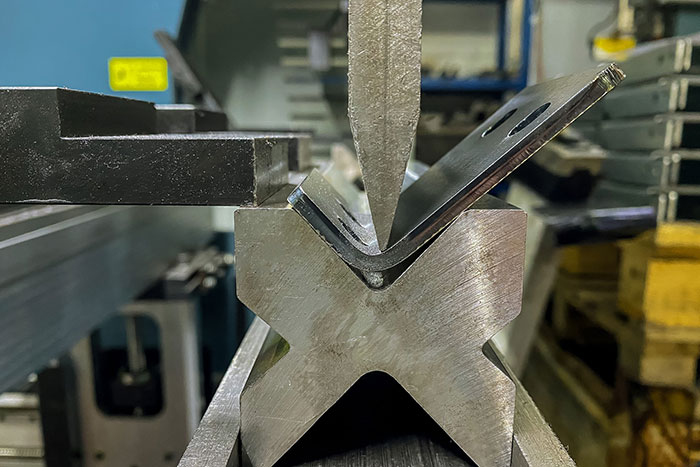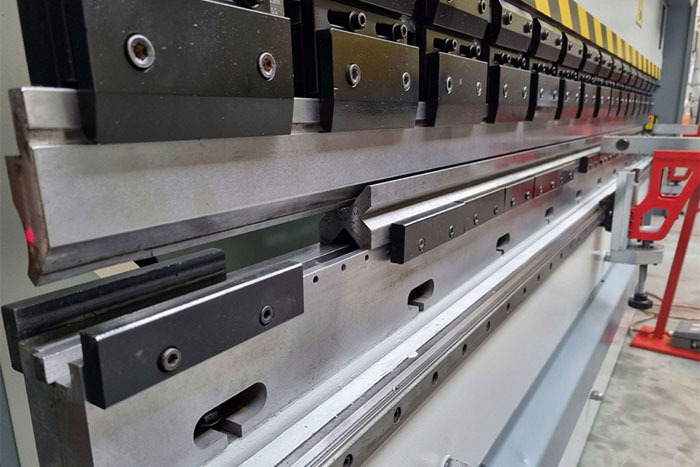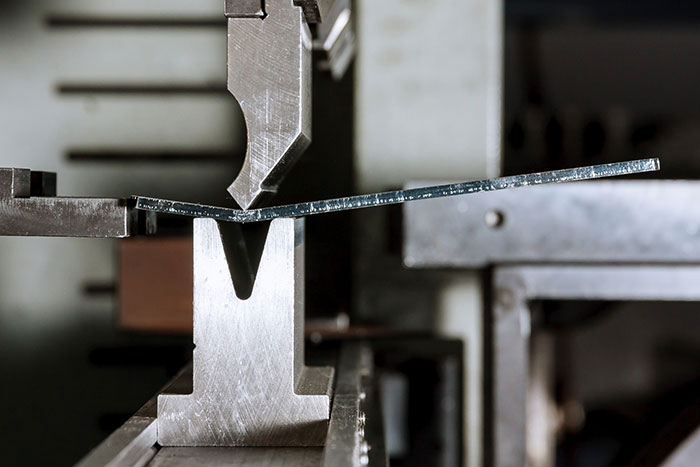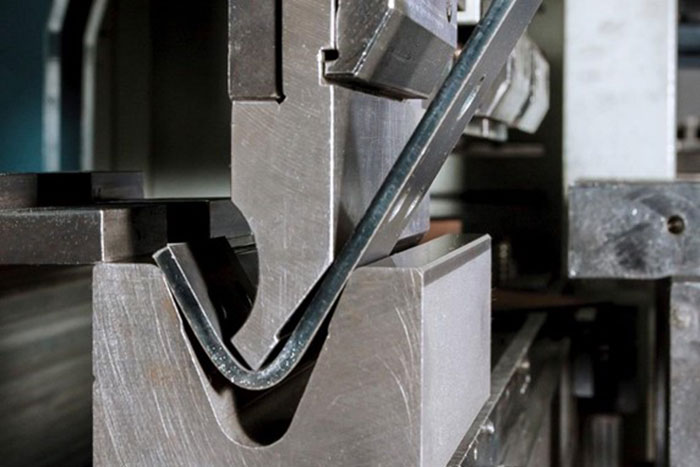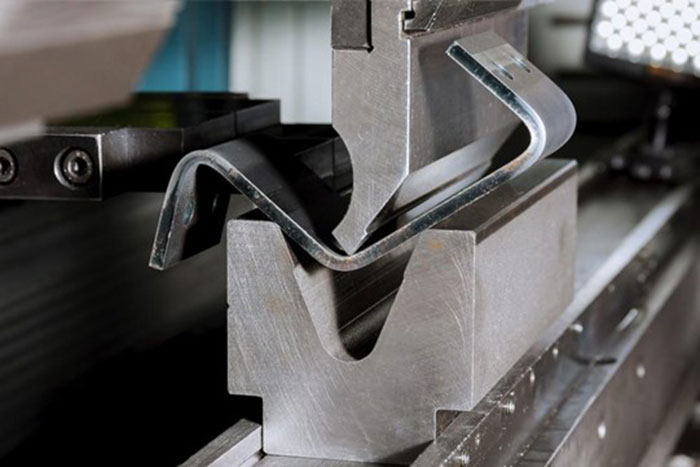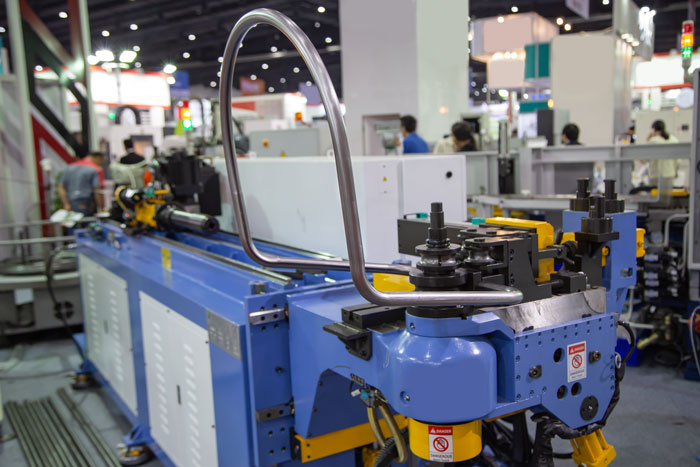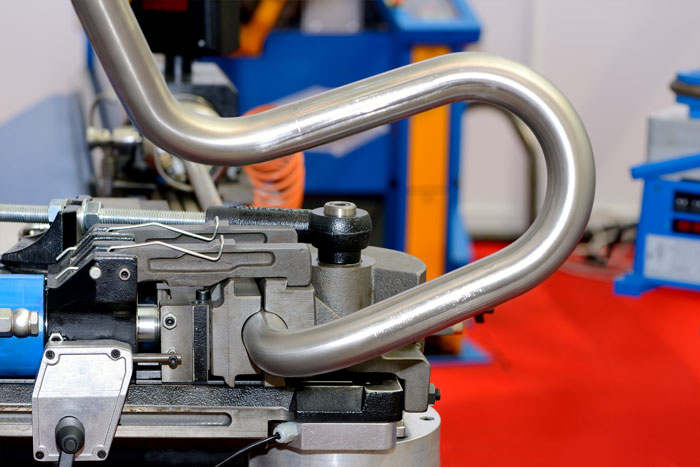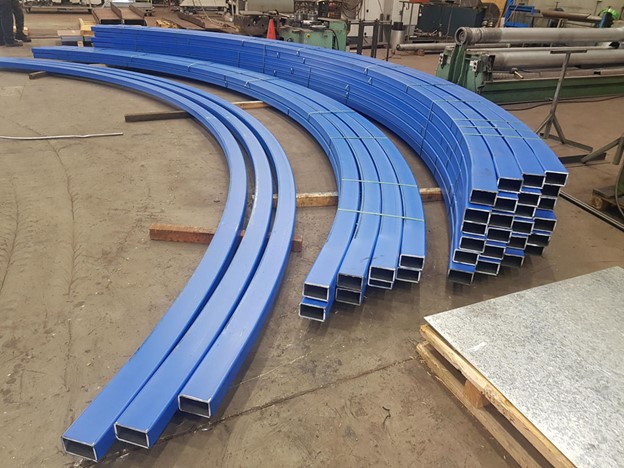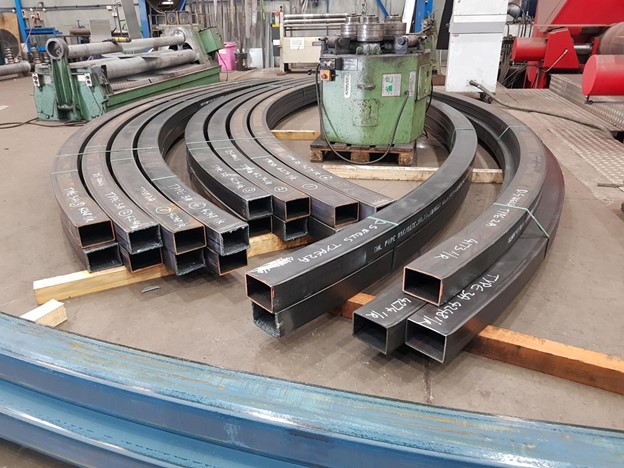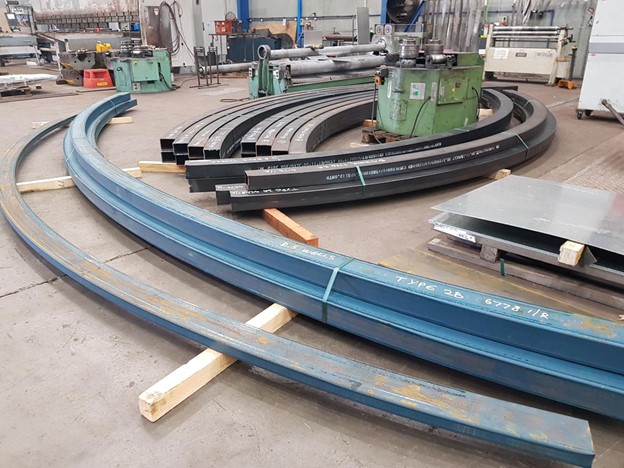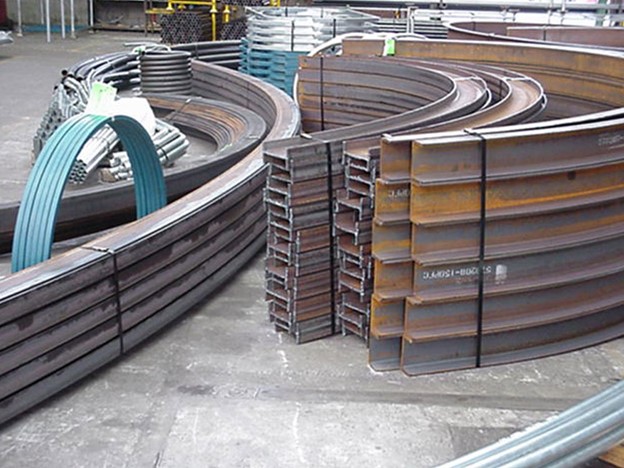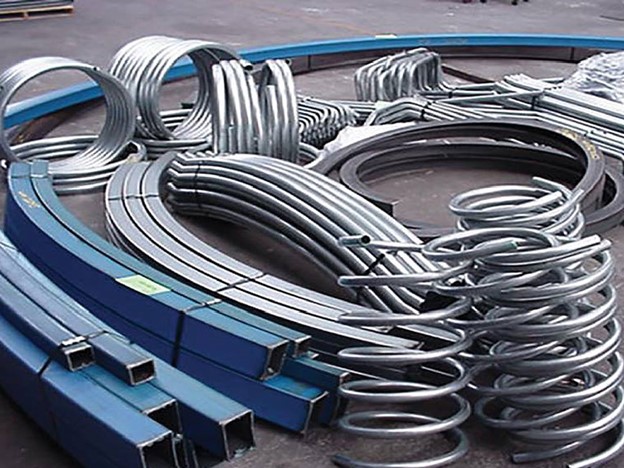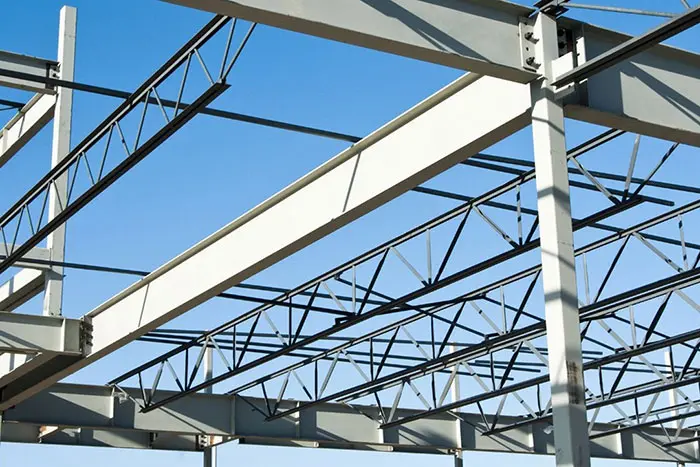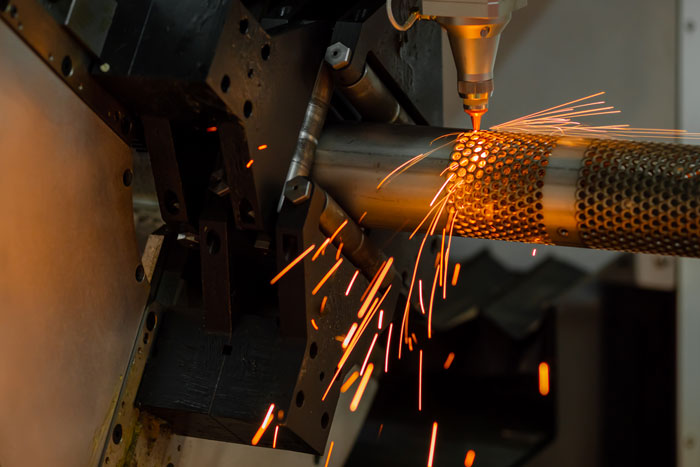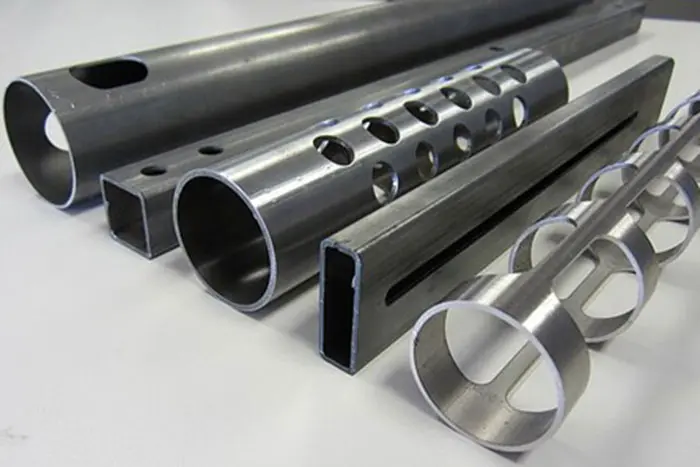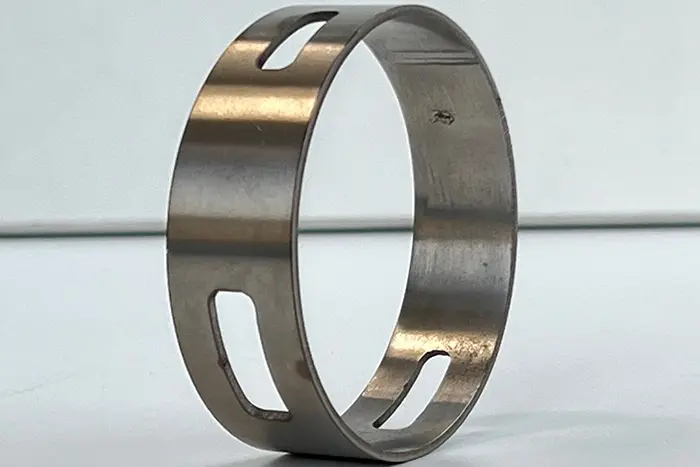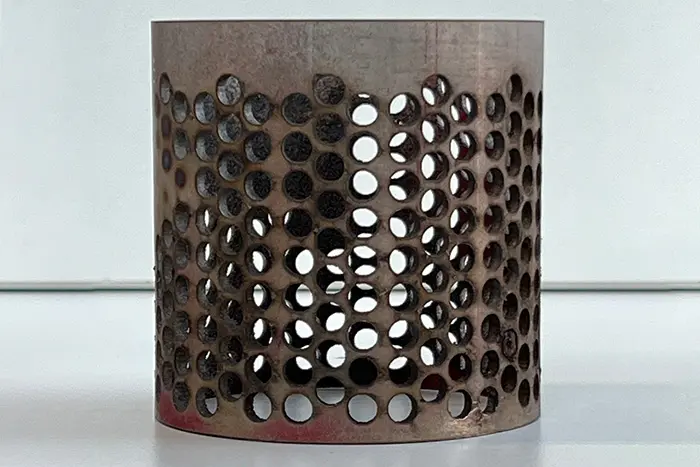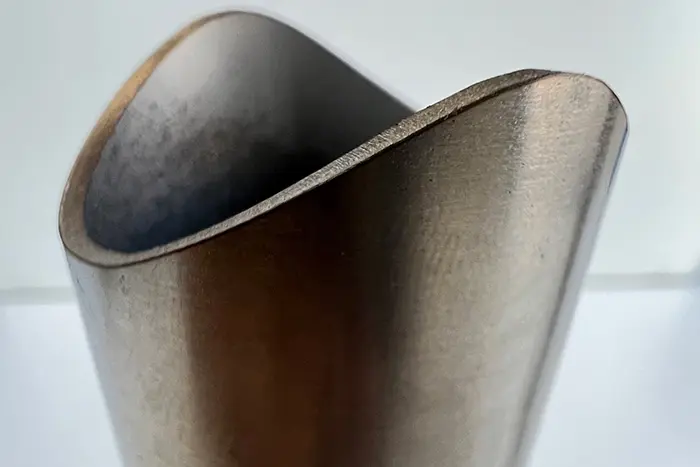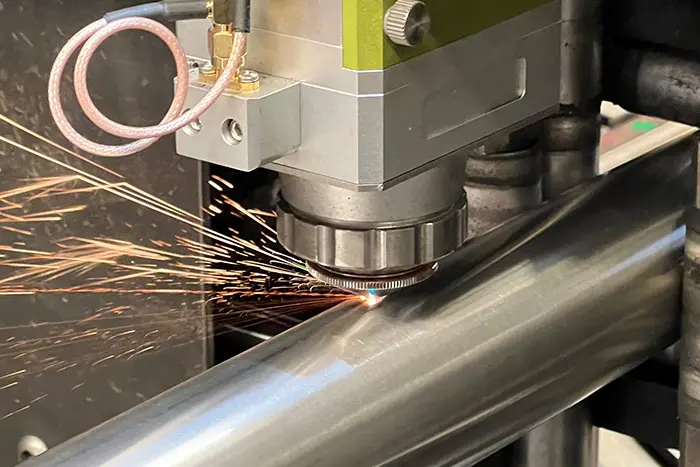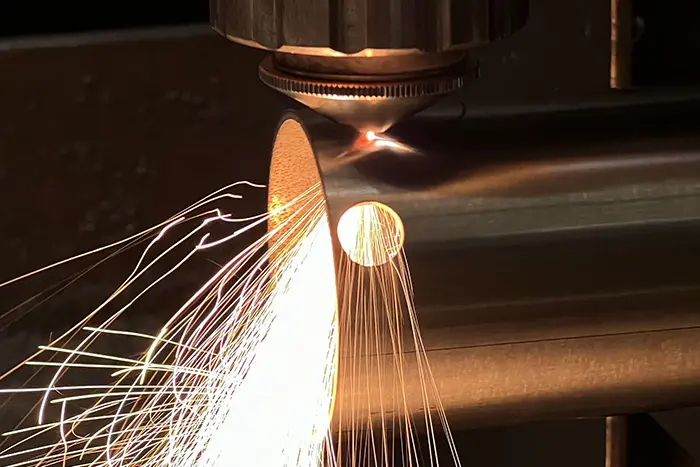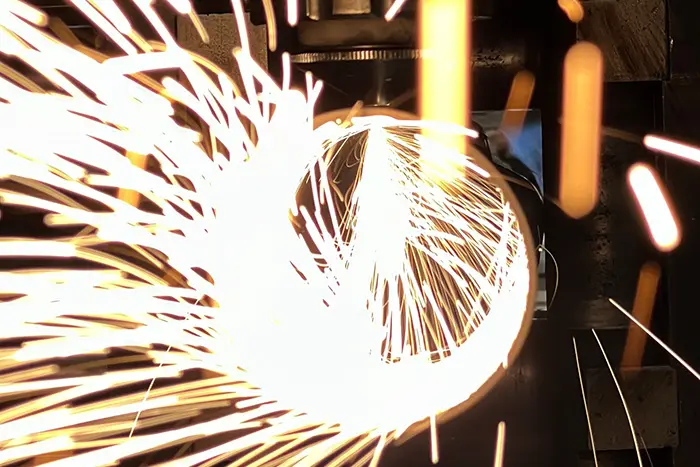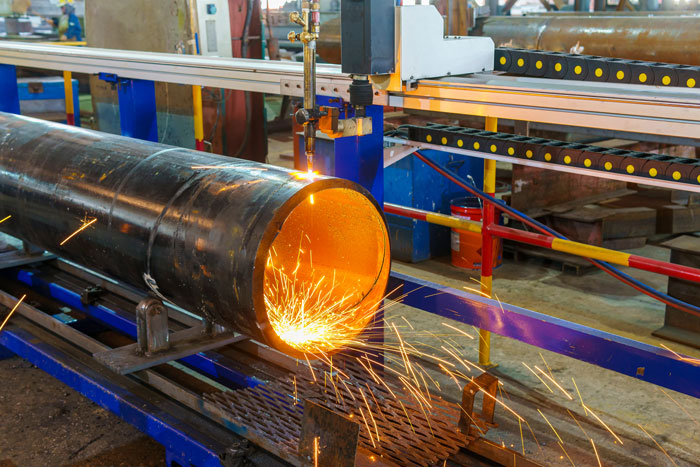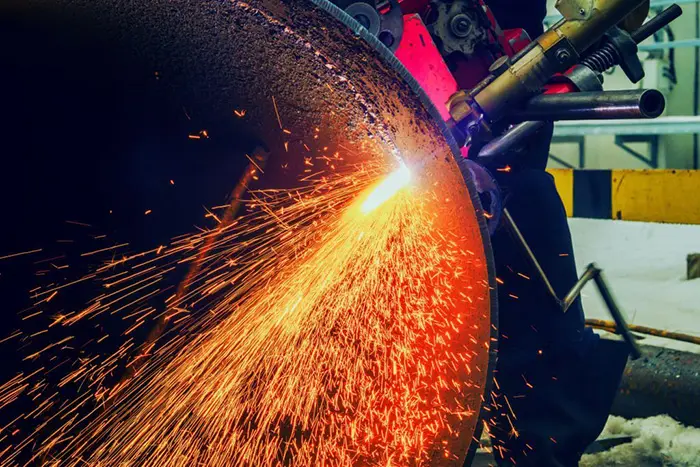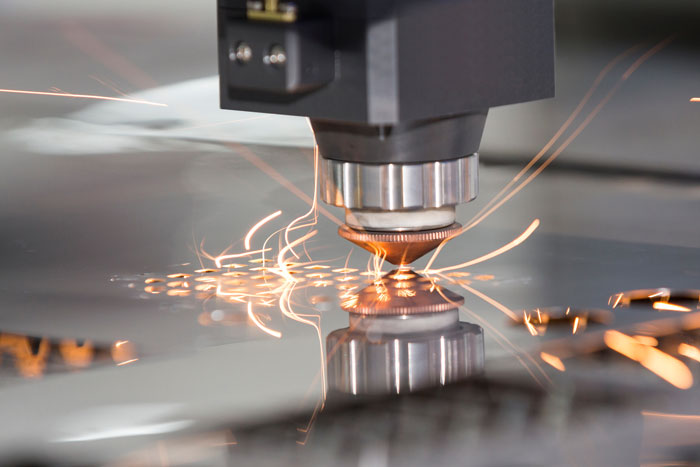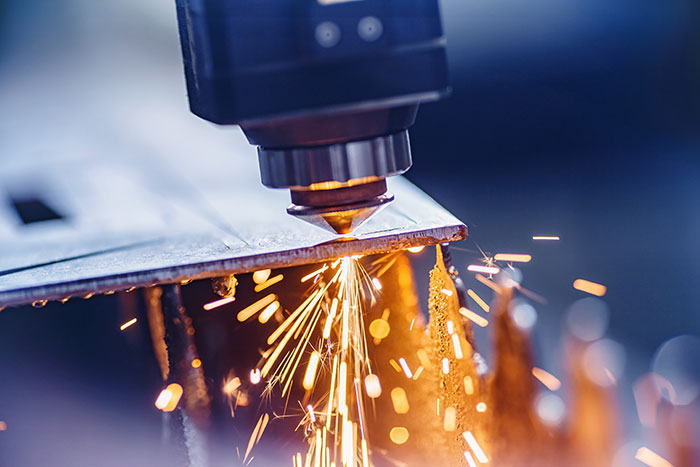Maintaining and Troubleshooting Bundle Bandsaws: Tips for Longevity and Performance Optimization
Bundle bandsaws are powerful cutting tools designed to process materials in various industries efficiently. To ensure the longevity and optimal performance of your bundle bandsaw, regular maintenance and troubleshooting are essential. By following a few key tips, you can keep your bandsaw in top shape and avoid costly downtime. In this article, we will explore some Maintaining and Troubleshooting Bundle Bandsaws techniques.
Maintaining tips
- Regular Lubrication: Proper lubrication is crucial for smooth operation and minimizing wear on moving parts. Follow the manufacturer’s guidelines for lubrication intervals and use high-quality lubricants recommended for your specific bandsaw model.
- Blade Inspection and Replacement: Regularly inspect the blade for signs of wear, damage, or dullness. Replace the blade when necessary to ensure clean and accurate cuts. Remember to follow proper blade installation procedures to maintain blade tension and alignment.
- Cleaning and Chip Removal: Clean the bandsaw regularly to remove accumulated debris and chips that can affect performance. Ensure proper chip removal by using chip brushes or air blowers, particularly in the blade and cutting area.
- Calibration and Alignment: Periodically check and adjust the blade guides, blade tension, and guides to maintain accurate cutting. Misalignment can lead to poor cuts and increased strain on the bandsaw components.
- Electrical and Mechanical Inspections: Check electrical connections, switches, and controls for any loose or damaged components. Inspect mechanical parts such as belts, pulleys, and gears for wear or misalignment. Address any issues promptly to prevent further damage.
Troubleshooting Tips
- Uneven Cutting: If you notice uneven cutting or a decrease in cutting performance, check the blade tension, guides, and alignment. Adjust as necessary to achieve even pressure and alignment throughout the cutting process.
- Excessive Vibration or Noise: Excessive vibration or noise can indicate issues with blade alignment, loose components, or worn parts. Inspect and tighten all fasteners, and replace any worn or damaged parts as needed.
- Overheating: If the bandsaw motor or other components are overheating, check for proper cooling and ventilation. Clean any dust or debris that may be obstructing airflow.
- Blade Breakage: Blade breakage can occur due to improper blade installation, excessive feed rate, or cutting materials beyond the machine’s capacity. Ensure proper blade installation and adjust the feed rate according to the material being cut.
- Regular Blade Cleaning: Clean the blade regularly to remove built-up residue and prevent material buildup. Use a suitable cleaning solution and a soft brush to gently scrub the blade, ensuring it remains free from contaminants that can affect cutting performance.
- Inspection of Hydraulic Systems: If your bundle bandsaw is equipped with hydraulic systems, inspect them regularly for leaks, proper pressure, and smooth operation. Address any hydraulic issues promptly to maintain optimal cutting performance.
- Operator Training and Safety: Ensure that operators receive proper training on bundle bandsaw operation, safety protocols, and maintenance procedures. Encourage the use of personal protective equipment (PPE) and enforce safe working practices to minimize the risk of accidents or injuries.
- Monitoring Blade Wear: Monitor the wear on the blade teeth regularly. Excessive wear can lead to poor cutting quality and increased stress on the machine. Replace the blade when necessary to maintain optimal cutting performance.
- Electrical Component Inspection: Periodically inspect the electrical components of the bundle bandsaw, including wiring, switches, and controls. Check for signs of wear, loose connections, or damaged components. Repair or replace any faulty parts to ensure safe and reliable operation.
- Proper Material Handling: Train operators on proper material handling techniques to avoid placing excessive stress on the bandsaw and its components. Ensure that materials are aligned correctly, adequately supported, and positioned securely to prevent shifting during the cutting process.
Remember, regular Maintaining and Troubleshooting Bundle Bandsaws not only optimize the performance of your bundle bandsaw but also contribute to the safety of your operators and the longevity of the machine. Adhering to these practices will help ensure smooth and efficient cutting operations.
Maintaining and Troubleshooting Bundle Bandsaws
regular Maintaining and Troubleshooting Bundle Bandsaws are vital for maintaining the performance and longevity of your bundle bandsaw. By following the tips mentioned above, you can optimize the functionality of your bandsaw and minimize downtime. Remember always to consult the manufacturer’s guidelines and seek professional assistance when necessary.
At Tube Tech, we offer a wide range of high-quality bundle bandsaws designed to meet the demands of various industries. Our team of experts is committed to providing reliable products and excellent customer support. Contact us today to learn more about our bundle bandsaws and how they can enhance your cutting operations

